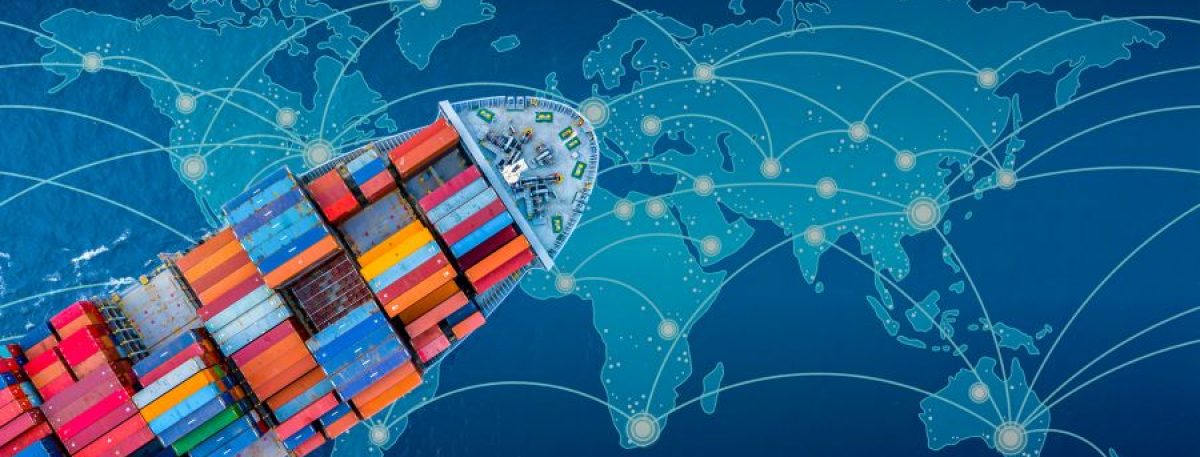
The full article is available HERE
Key findings:
First, U.S. fashion brands and retailers are sourcing less from China, particularly in quantity. Notably, the number of “Made in China” apparel newly launched to the market had significantly dropped from 26,758 SKUs in the first quarter of 2018 to only 8,352 SKUs in the first quarter of 2019 . Nevertheless, consistent with the macro-level trade statistics, China remains the single largest apparel supplier to the U.S. retail market.
Second, apparel “Made in China” are becoming more expensive in the U.S. retail market, yet remain price-competitive overall. Notably, apparel “Made in Vietnam” is becoming more expensive in the U.S. retail market too—an indication that as more production is moving from China to Vietnam, apparel producers and exporters in Vietnam are facing growing cost pressures.
Third, U.S. fashion retailers are shifting what apparel products they source from China. U.S. apparel retailers have been sourcing less lower value-added basic fashion items (such as tops, and underwear), but more sophisticated and higher value-added apparel categories (such as dresses and outerwear) from China since 2018. The shifting product structure could also be a factor that contributed to the rising average retail price of “Made in China” in the U.S. market.
On the other hand, U.S. retailers adopt a very different product assortment strategy for apparel sourced from China versus other regions of the world. There seems to be much fewer alternative sourcing destinations for more sophisticated product categories, such as accessories and outerwear. Somehow ironically, moving to source more sophisticated and higher value-added products from China could make U.S. fashion brands and retailers even MORE vulnerable to the tariff war because of fewer alternative sourcing destinations.
In conclusion, the results imply that China will remain a critical sourcing destination for U.S. fashion brands and retailers in the near future, regardless of the scenario of the U.S.-China tariff war. Meanwhile, we should expect U.S. fashion companies continue to adjust their sourcing strategy for apparel “Made in China” in response to the escalation of the tariff war.
Related reading: Trade war to hit high-end US fashion brands dependent on specialized Chinese manufacturing

Although fashion brands won’t move out of China completely, I feel as though they are starting to look at their other options. I am curious to see if other countries will be able to handle the production capacity that China can. Smaller countries like Vietnam or Cambodia, where many brands are looking to, are more niche manufacturers and definitely won’t be able to handle the load.
I think that shifting out of China is bound to happen with all of the tension around the tariff war. However, I don’t think completely moving everything out of China is not possible. So many brands are already established there, and some products manufactured do not have any other competitive sourcing options. I think any shifting out will be a slower process because retailers need to make sure where they are switching too can ensure the same quality that China is known for, and still keeping competitive prices.
I personally think that completely shifting sourcing out of China is inevitable given the current tension surrounding the tariff war. Since Chinese factory workers are demanding higher wages, prices for their products are rising causing the final consumer to pay a higher price. Although ‘Made in China’ products are still price competitive, there are numerous other countries that the United States would be able to source cheaper products such as underwear and t-shirts from. I think that the United States should be focusing on finding another country to begin to source the higher end products from that they are currently importing from China.
As the result of the ongoing trade war between U.S and China, more U.S apparel companies are looking to shift its production outside of China to other substitute countries in Asia or Southern America. What I do want to mention is that other countries might not have the same production capacity as China and the quality issue is another thing to consider. We do understand that they are trying to lower the cost in order to lead the business, however, more demerits are hiding behind the trade war and they could be the potential risk that companies are bringing to the table at any time.